Cold Brew vs. Hot Brew: A Must-Read Comparison
Imagine waking up to the gentle aroma of freshly brewed coffee, the anticipation of that first sip stirring memories of cozy mornings. Whether you prefer a cold brew that soothes with its smoothness or a hot brew that fills your senses with rich aroma, the debate over Cold brew coffee vs. hot brew: Which is better? has sparked many interesting conversations. In this article, we explore both methods side by side, diving into their unique characteristics, preparation styles, and the little details that make them personal favorites.
Coffee culture has evolved tremendously, and choices today go far beyond simply picking a flavor. We’ll investigate what sets these two brewing techniques apart, not only in taste but also in their health benefits, brewing process, and the overall experience they bring to your day. Let’s begin our journey to understand which brew might suit your lifestyle best.
Table of Contents
Understanding the Basics
What is Cold Brew Coffee?
Cold brew coffee is all about a slow, gentle extraction. Instead of using hot water, this method relies on room temperature or cool water to draw flavor from coarsely ground coffee beans. Typically, the brewing process takes anywhere from 12 to 24 hours, resulting in a coffee concentrate that offers a remarkably smooth taste. Here are some key points about cold brew:
- Smooth and Low-Acidity: The gentle extraction reduces harsh acidic notes, making it easier on the stomach.
- Versatile Use: It can be diluted, served over ice, or even heated up if desired.
- Extended Shelf Life: Due to lower acidity, cold brew can be stored for longer periods compared to its hot counterpart.
Many coffee enthusiasts appreciate cold brew for its subtle complexity and refreshing qualities, especially during warm weather. Its extended brewing time often results in a naturally sweeter profile, which can be a delightful contrast to the bolder notes of hot brewed coffee.

What is Hot Brew Coffee?
Hot brew coffee is the time-honored method of brewing that most of us are familiar with. This technique employs boiling or near-boiling water to extract bold flavors and essential oils from finely ground coffee. Common methods include drip coffee makers, French presses, and espresso machines. Noteworthy aspects of hot brew coffee include:
- Rich Aroma: The high-temperature water releases volatile oils that contribute to the inviting scent.
- Quick Preparation: Brewing typically takes just a few minutes, perfect for busy mornings.
- Flavor Intensity: The rapid extraction process tends to yield a more robust and intense flavor, often accompanied by a slight bitterness that many find appealing.
Whether it’s the comforting warmth in your cup or the familiar aroma that makes you smile hot brew coffee is a staple that has stood the test of time.
Detailed Comparison
Brewing Process and Techniques
When comparing these two methods, the brewing technique plays a significant role in the final flavor and experience.
- Cold Brew:
- Method: Coarse grounds are steeped in cool water for 12 to 24 hours.
- Extraction: The low-temperature results in a slow extraction process that produces a smoother and less acidic coffee.
- Time Investment: Requires planning ahead due to extended brewing time.
- Hot Brew:
- Method: Finely ground coffee is exposed to near-boiling water, typically via drip, French press, or espresso machine.
- Extraction: The quick process releases a fuller range of coffee oils, giving a pronounced aroma and a more robust taste.
- Convenience: Offers immediate gratification with a quick brewing cycle.
Below is a table summarizing these differences:
| Feature | Cold Brew Coffee | Hot Brew Coffee |
|---|---|---|
| Brewing Time | 12-24 hours | 3-5 minutes |
| Water Temperature | Room temperature or cold | Near boiling (around 200°F / 93°C) |
| Grind Size | Coarse | Fine to medium |
| Resulting Taste | Smooth, less acidic | Bold, more robust, slightly bitter |
These distinctions help illustrate why some coffee drinkers might prefer one method over the other, depending on their schedule, taste preference, and even the time of year.

Taste and Flavor Profile
Coffee is celebrated for its ability to offer a spectrum of flavors, and the brewing process plays a crucial role in determining what you ultimately savor.
- Cold Brew Taste:
- Smooth and Sweet: The cold water extraction tends to minimize bitterness and acidity, resulting in a naturally sweeter cup.
- Less Aroma: Due to the absence of high heat, volatile oils responsible for aroma are less pronounced.
- Subtle Complexity: Ideal for those who enjoy a mellow flavor that blends well with milk or flavorings.
- Hot Brew Taste:
- Bold and Vibrant: The steam and heat extract a fuller profile, resulting in a strong, complex flavor.
- Rich Aroma: The high temperature activates compounds that deliver a powerful smell and punch of flavor.
- Intensity: Often preferred by those who love the robust and slightly bitter side of coffee.
In a simple comparison, a cup of cold brew provides a refreshing and light experience, while the hot brew is valued for its intensity and full-bodied profile. Consider your mood and environment—perhaps a cold brew on a sunny day or a hot brew during a crisp morning—is what truly makes a difference.
Caffeine Content and Health Benefits
The debate around Cold brew coffee vs. hot brew: Which is better? also extends to their caffeine content and associated health aspects.
- Caffeine Content:
- Cold Brew: Due to its concentrated nature, cold brew coffee might sometimes contain a higher caffeine concentration if served undiluted. However, many enjoy it as a diluted beverage, balancing the caffeine load.
- Hot Brew: Typically, hot brew coffee offers a balanced caffeine content depending on the brewing method and coffee-to-water ratio. The quick extraction method ensures that caffeine is efficiently drawn out.
- Health Benefits:
- Cold Brew: The lower acidity may be gentler on sensitive stomachs, and its smoother profile can be beneficial for those with acid reflux issues.
- Hot Brew: While often richer in antioxidants due to the heat exposure, some individuals might find the acidic nature of hot brew a bit harsh on their digestion.
Here’s a quick look at the main comparisons in table form:
| Aspect | Cold Brew Coffee | Hot Brew Coffee |
|---|---|---|
| Caffeine Concentration | Can be higher when concentrated | Generally balanced |
| Antioxidant Levels | Moderate, with less extraction of oils | High, due to the release of oils |
| Digestive Impact | Lower acidity, gentler on the stomach | May cause discomfort for those with acid reflux |
| Health Perception | Viewed as a smoother, easier-to-digest option | Often appreciated for robust antioxidant content |
Choosing between these methods may ultimately depend on personal health concerns and daily caffeine requirements. Both have their merits, and the slight differences in health attributes can guide your coffee choice.
Brewing Equipment and Techniques
Equipping yourself with the right tools is an essential part of the coffee-making process. Let’s look at what you might need for each brewing method.
- Cold Brew Coffee Equipment:
- Container: A large jar or specialized cold brew maker.
- Coffee Grinder: A grinder that produces coarse grounds.
- Filter: Often a fine-mesh sieve or a coffee filter if using a jar method.
- Refrigeration: To store the brew safely after steeping.
- Hot Brew Coffee Equipment:
- Coffee Maker: Options include a drip machine, French press, or espresso machine.
- Grinder: A burr grinder to achieve consistent medium to fine grind size.
- Kettle: Preferably one with temperature control to avoid overheating.
- Filters: Paper or metal filters, depending on the chosen method.
This table outlines the main equipment differences:
| Equipment Component | Cold Brew Setup | Hot Brew Setup |
|---|---|---|
| Brewing Vessel | Large jar or cold brew maker | Coffee machine, French press, or espresso maker |
| Coffee Grinder | Coarse grinding option | Burr grinder for fine/medium grind |
| Filtering Requirements | Fine mesh sieve or coffee filter | Paper/metal filters based on machine |
| Additional Tools | Refrigerator for storage | Kettle with temperature control |
These tools not only enhance the brewing process but also contribute to the overall experience. Whether you’re in the mood for a relaxing, hands-off brewing method or a quick, energetic cup to kickstart your day, having the right equipment makes a noticeable difference.
Pros and Cons of Each Method
Cold Brew Coffee: Advantages & Drawbacks
Advantages:
- Smooth Flavor: The extended brewing time minimizes harsh notes, resulting in a naturally sweet and mellow cup.
- Low-Acidity: This method tends to produce coffee that is easier on the stomach, which can be a bonus for those with sensitivity to acidity.
- Flexibility: Cold brew can be enjoyed over ice or even served warm if you prefer a less intense profile.
Drawbacks:
- Time-Intensive: One of the biggest challenges is the long brewing time. You’ll need to plan ahead, which might not always be convenient.
- Less Aroma: For those who adore the rich smell of freshly brewed coffee, cold brew might seem lacking in aromatic qualities.
- Concentration Variability: If you prefer a very concentrated flavor, you may have to experiment with dilution to achieve the perfect balance.
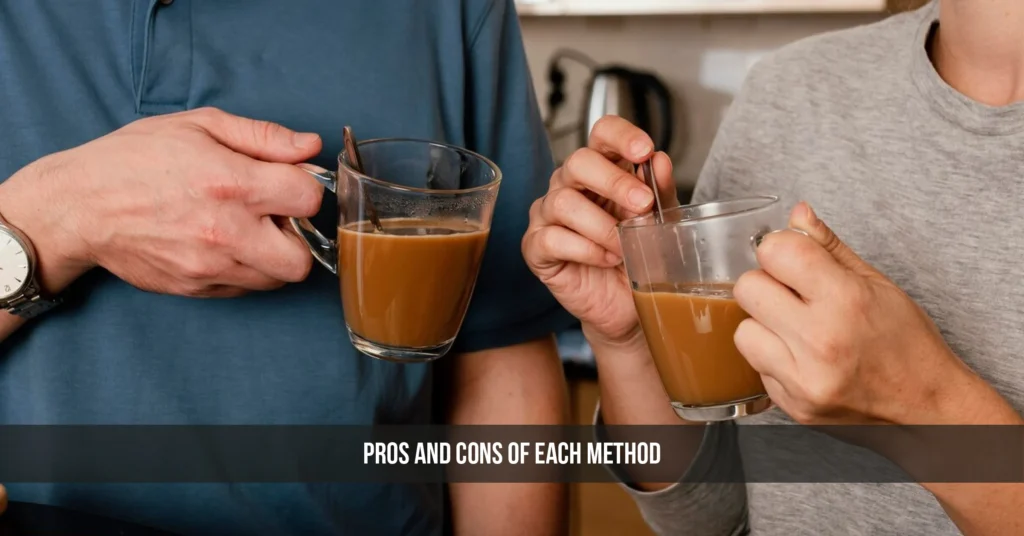
Hot Brew Coffee: Advantages & Drawbacks
Advantages:
- Rich Aroma and Flavor: The high-temperature extraction releases essential oils and robust flavors that create a strong sensory experience.
- Quick and Convenient: With most hot brew methods, you can have your coffee ready in minutes. It’s perfect for busy mornings or when you need an immediate caffeine boost.
- Traditional Experience: For many, hot brew coffee represents the classic way of enjoying coffee, complete with a comforting warmth.
Drawbacks:
- Higher Acidity: The acidic nature of hot brewed coffee may not suit everyone, particularly those with sensitive stomachs.
- Bitter Notes: If brewed too long or with too fine a grind, hot brew can develop a slightly bitter taste.
- Temperature Sensitivity: Some methods require precise temperature control, and any deviation can impact the final taste significantly.
Conclusion
In summary, both cold brew and hot brew coffee bring their own charm to the cup. Cold brew’s smooth, low-acid profile is perfect when you’re in the mood for a refreshing, mellow taste, while hot brew’s bold aroma and quick preparation make it ideal for those busy mornings or when you crave an intense flavor. Ultimately, choosing between them depends on your taste, lifestyle, and even the weather. We invite you to experiment with both methods to see which one fits your daily ritual best.
Also Read: Zero‑Waste Cooking: Essential Guide for Conscious Cooks
FAQs
Which brewing method offers a smoother taste?
Cold brew usually delivers a smoother, less acidic cup due to its long, cool extraction process. Most coffee lovers appreciate this mellow flavor, especially on hot days.
Is the caffeine level different between cold and hot brew?
Cold brew, when not diluted, can have a higher caffeine concentration, while hot brew generally provides a well-balanced caffeine level. Your brewing ratio and personal preference play a key role.
Can I easily make a cold brew at home?
Yes, cold brew is simple to create at home with basic tools like a jar, a coarse grinder, and a sieve. It does require some planning since it needs to steep for 12-24 hours.
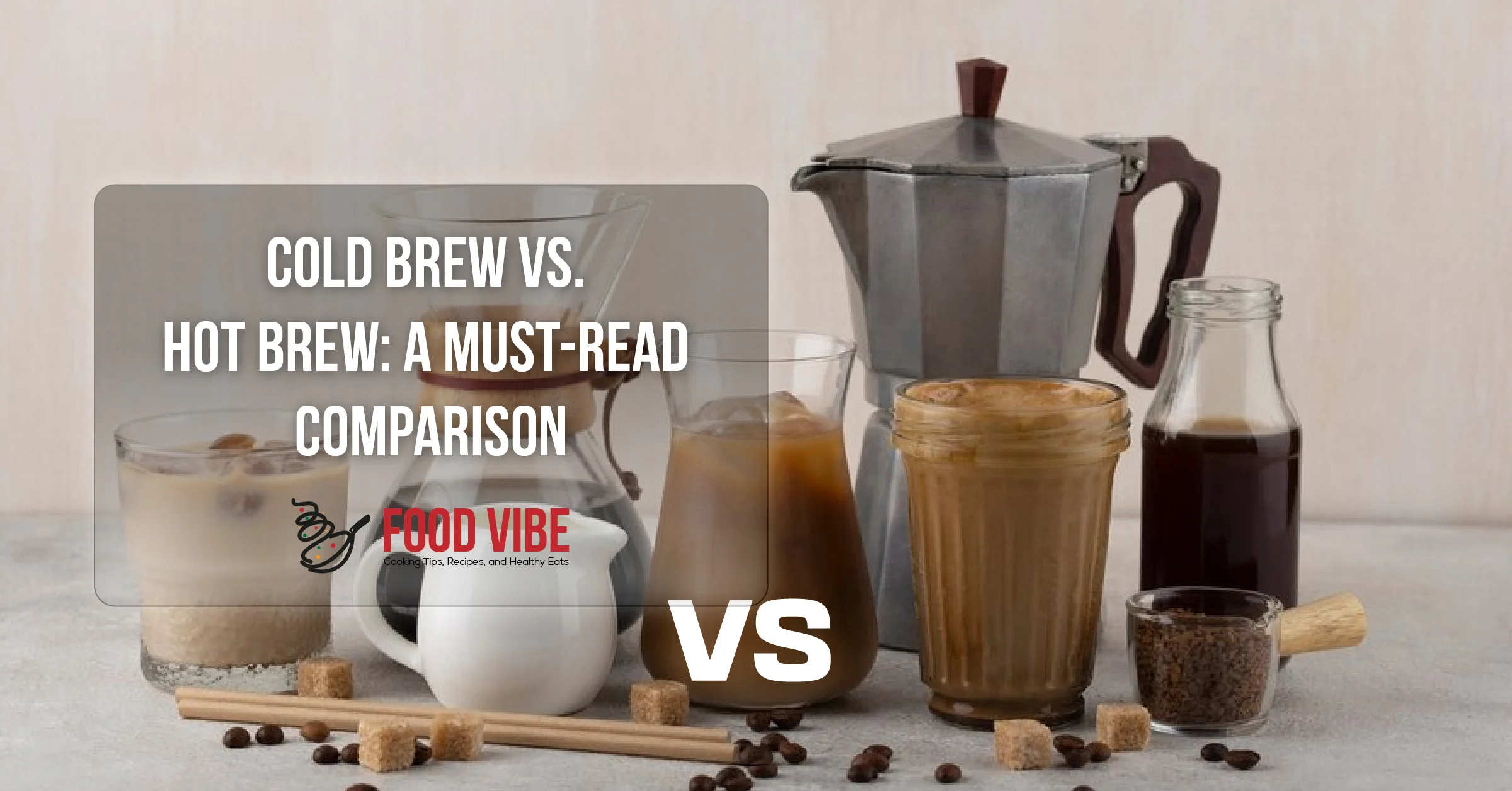
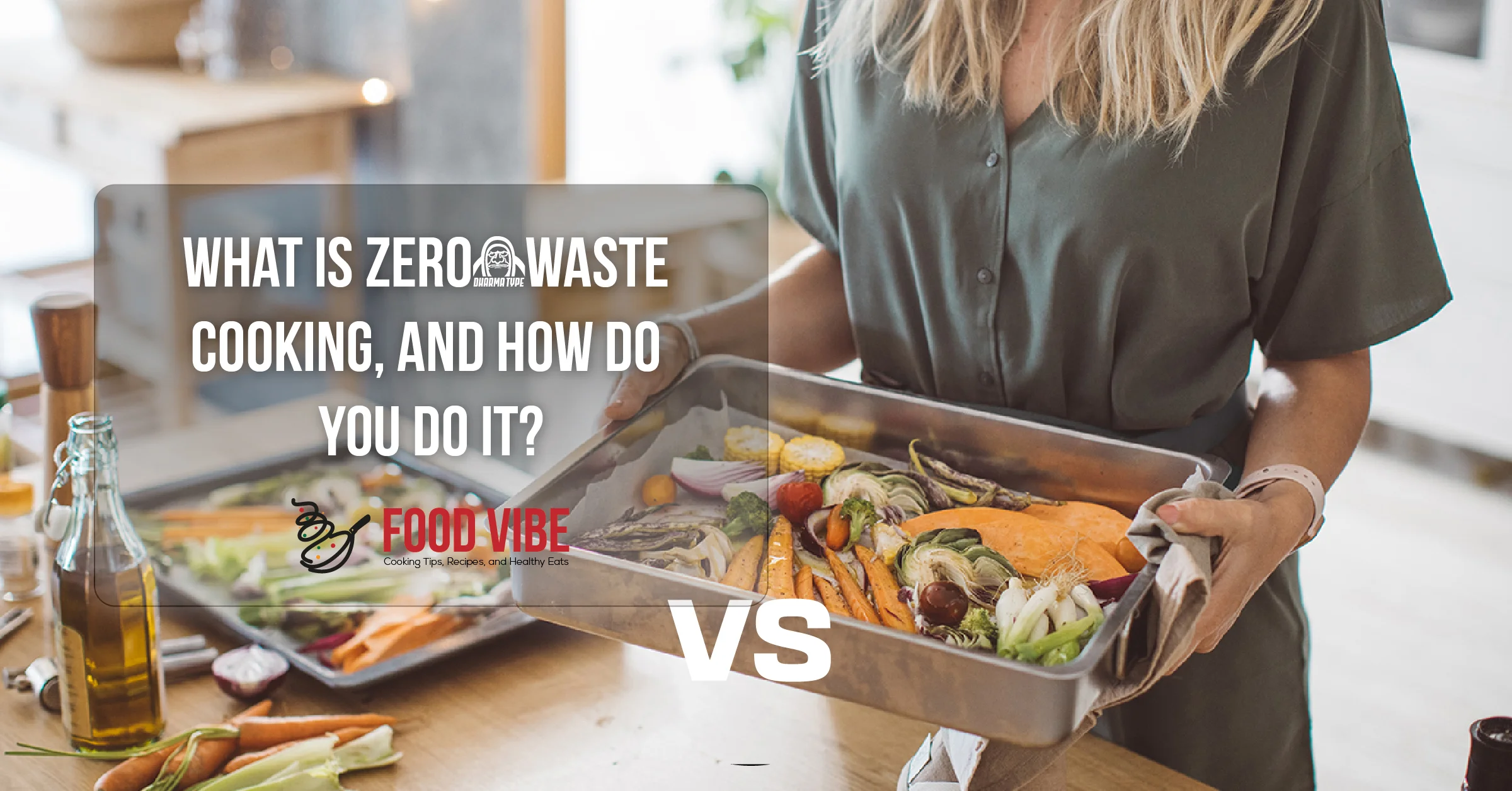
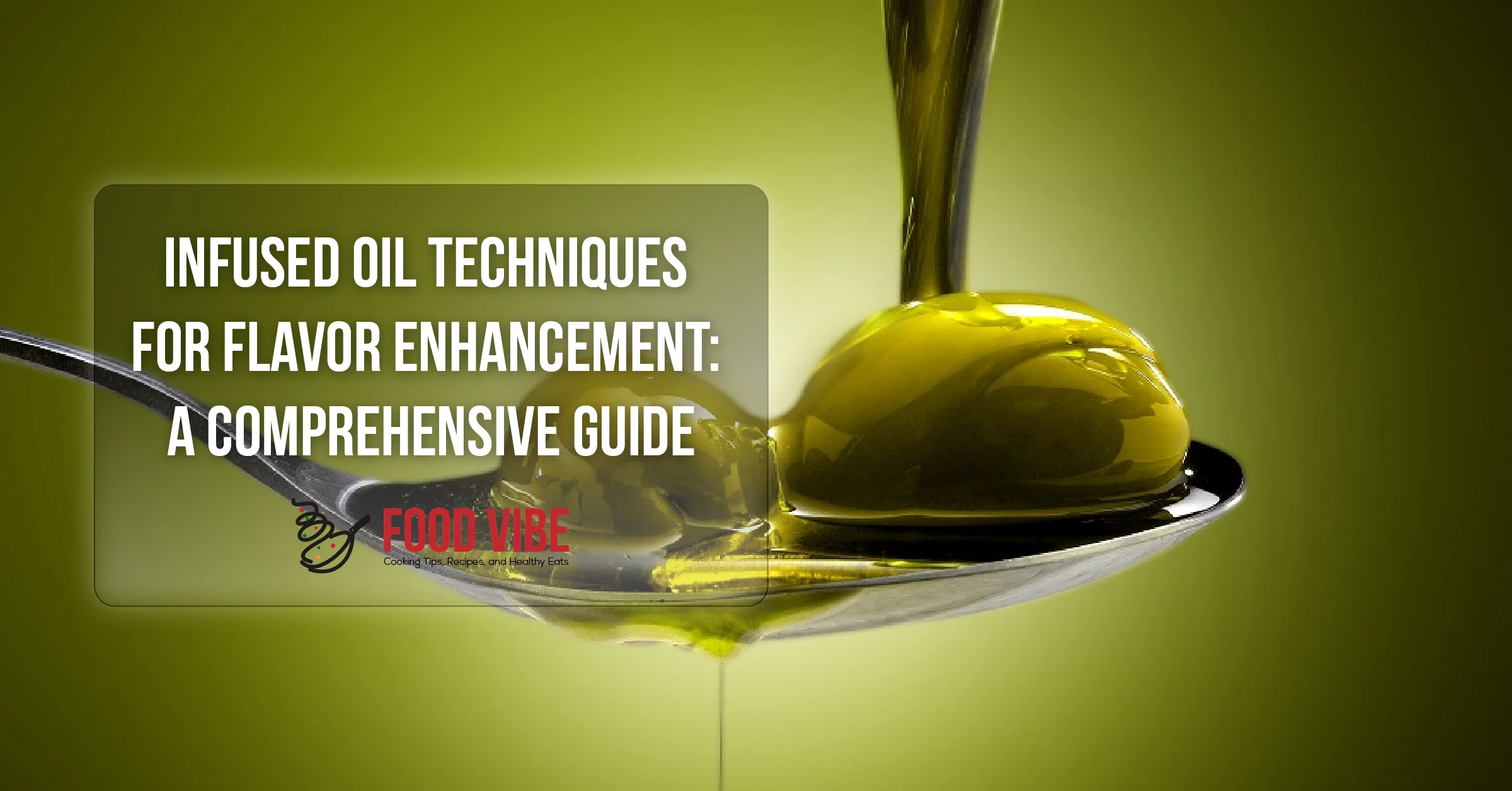
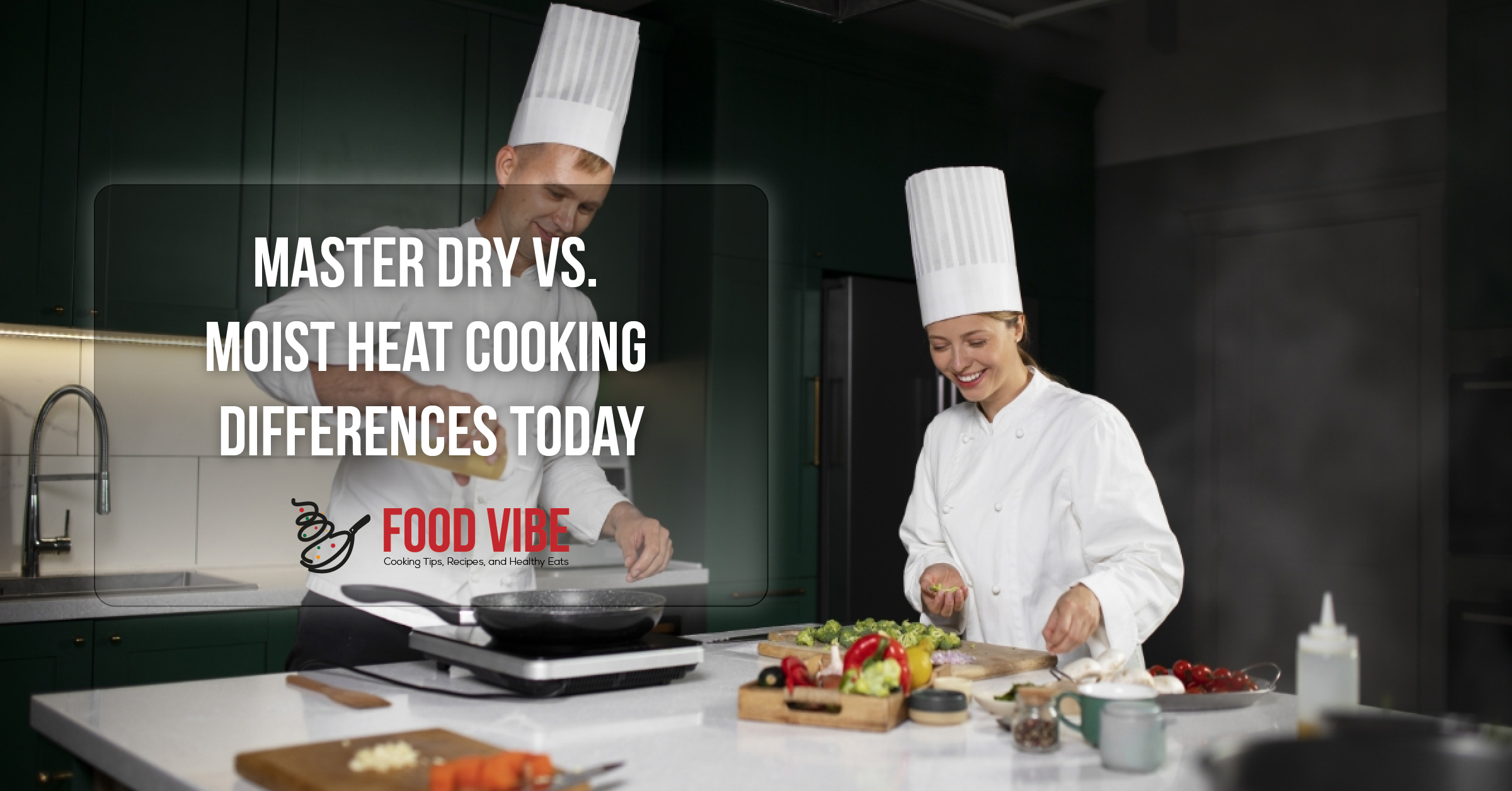




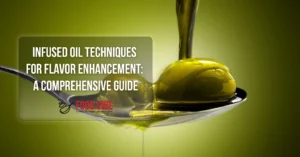





Post Comment